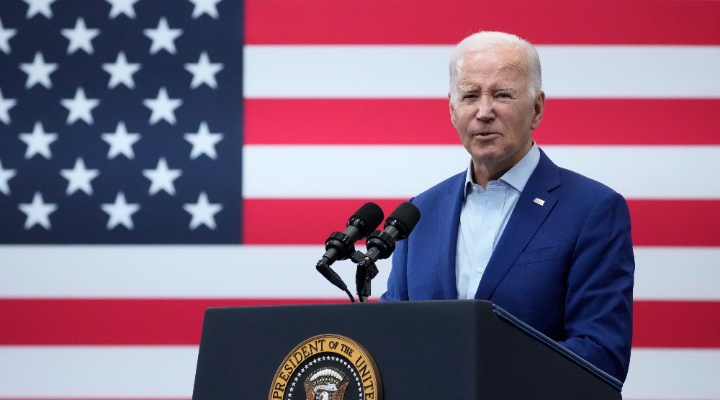
Annual US inflation ticked up in July but underlying price pressures remained modest for the month, possibly deterring the Federal Reserve from raising rates in September.
The consumer-price index (CPI), a measure of goods and services prices across the economy, rose 3.2% in July from a year earlier, up from 3% in the year through June, the Labor Department said Thursday. So-called "core" prices, which exclude volatile food and energy categories, rose by 4.7% in July from a year earlier, a slight cooling from June's 4.8% increase.
The monthly figures, however, offered a more encouraging picture of current price trends.
CPI rose a mild 0.2% in July, same as in June. Even better, core CPI also increased just 0.2% in both months, suggesting inflation is not starting to resurge. Fed officials focus on core inflation because they see it as a better predictor of future inflation than the overall inflation rate.
The core CPI, in particular, could encourage the Fed to hold its benchmark interest rate steady at its September policy meeting.
The new numbers lower the three-month annualised rate of core inflation to 3.1%, the lowest such reading since March 2021, just before inflation surged.
"Through the noise, I see an inflation story that is certainly not solved, but it's improving," said Michael Pugliese, a senior economist at Wells Fargo.
The pickup in the annual reading was influenced by what happened during June and July of 2022, which serve as the basis for comparison, economists said. The annual rate of inflation is likely not to slow much more this year and could accelerate into early 2024 because of so-called base effects, they added.
Fed officials have lifted interest rates to a 22-year high to lower inflation by cooling the economy. While officials see some encouraging signs that price pressures are easing, the economy has defied expectations of a meaningful slowdown.
Fed Chair Jerome Powell has said the central bank is looking for further softening of the labor market, including slower wage growth.



























